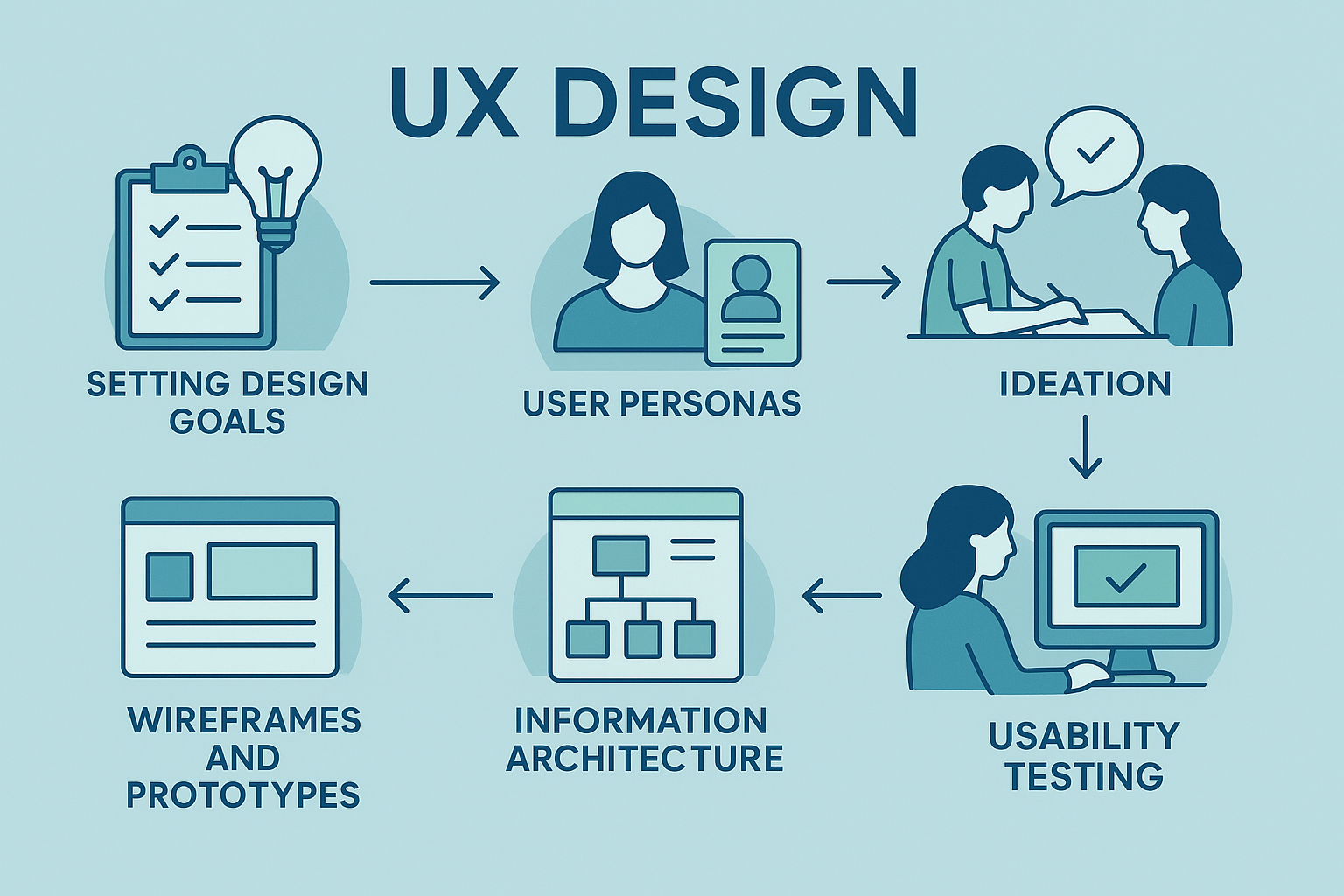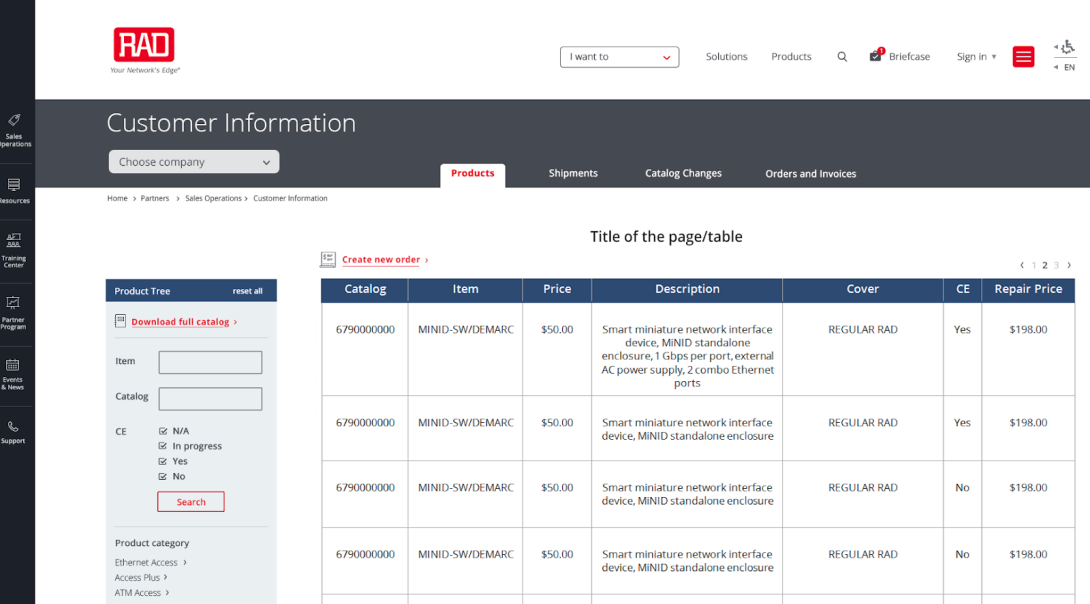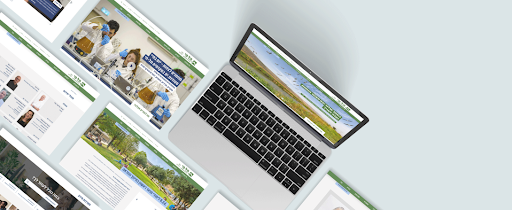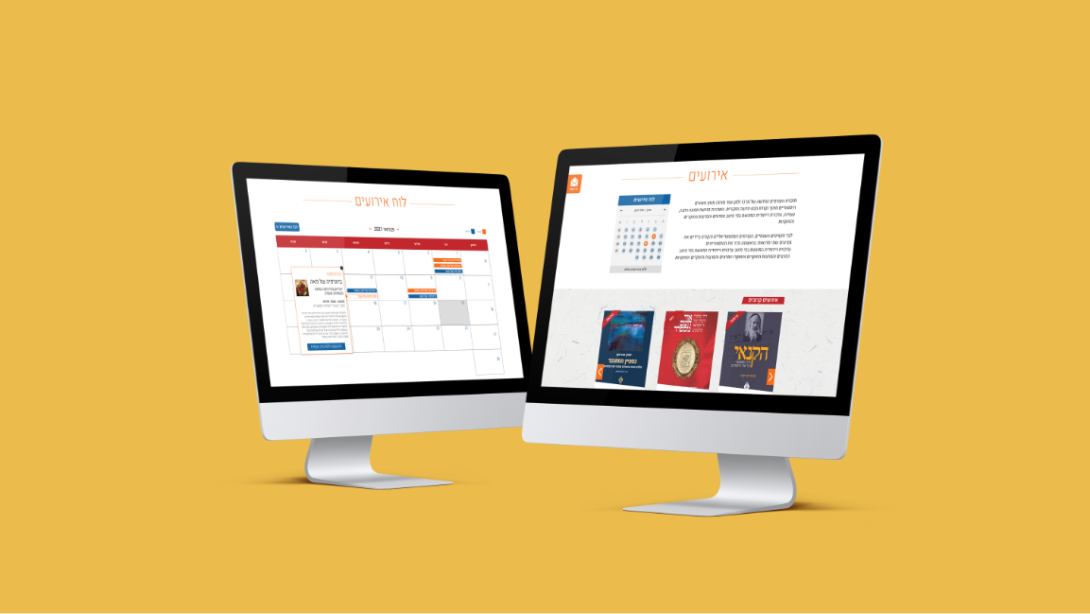UX
After the research phase in UX design, the next step is defining the user experience (UX).
This stage involves shaping how users will interact with the product, based on insights gathered during research.
Key Steps in UX Design Definition:
-
Setting Design Goals:
Based on research findings, we clearly define the objectives of the design. What should the product or system achieve? How will it address user needs and pain points? -
User Personas:
These are fictional profiles that represent different segments of the target audience. Personas help designers empathize with users and make more informed design decisions. -
Ideation:
A brainstorming phase where potential design solutions are explored and creative ideas are generated. -
Information Architecture:
Structuring the content and functionality of the product in a logical and intuitive way. This includes defining hierarchies, navigation, and user flows to ensure a smooth experience. -
Wireframes and Prototypes:
Wireframes are basic visual layouts that outline the structure of the interface. Prototypes bring these layouts to life, allowing interactive testing of the product's functionality and flow. -
Usability Testing:
Testing prototypes with real users to gather feedback and validate design decisions. This helps identify pain points in the user journey and refine the design to improve usability.
It’s important to understand that UX design is an iterative process. Stages like usability testing, wireframing, and building design elements are repeated multiple times. This continuous refinement helps create an optimal and user-friendly experience.










